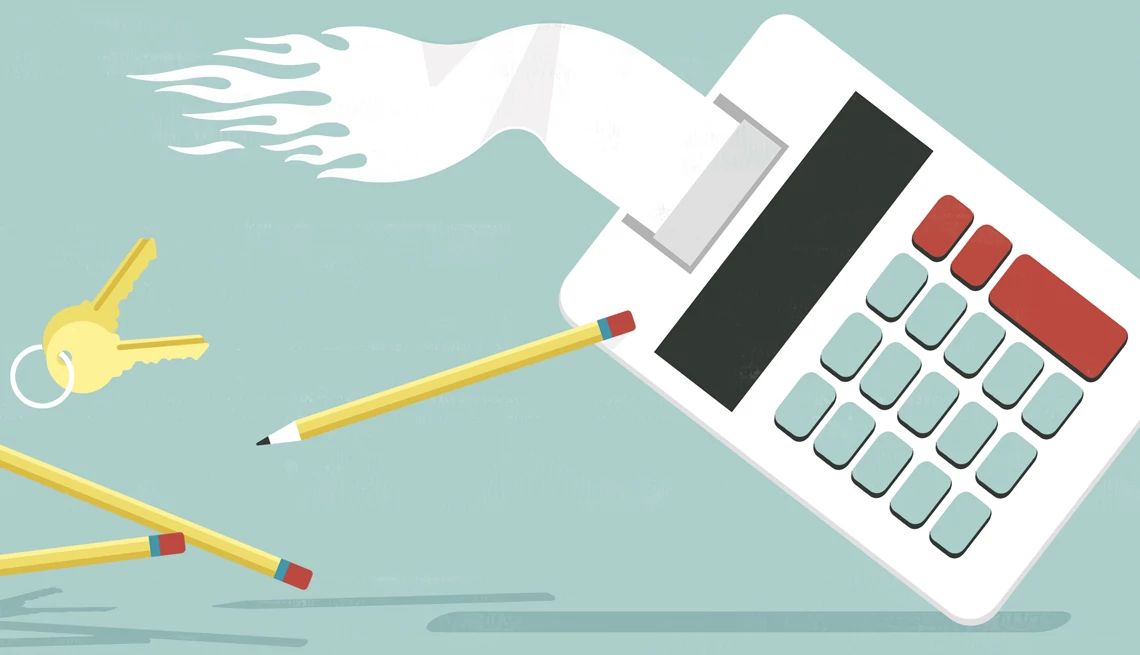AARP Hearing Center


For retirees on fixed incomes, setting and sticking to a budget has never been more critical. Even though income is limited, many expenses are not. Health costs, for example, can be wildly unpredictable for people over 65. Rising prices of consumer goods is also putting pressure on older adults' wallets.
If the past is any predictor of the future, there’s lots of budgeting work to be done. When asked what financial challenges they faced in 2024, 28 percent of Gen Xers (ages 44 to 59) and 14 percent of boomers (ages 60 to 78) said they took on debt, and 19 percent of Gen Xers and 13 percent of boomers said they depleted their savings, according to a survey by Credit Karma, a consumer financial platform.
What to do? First and foremost, craft a budget for 2026. “It may sound obvious, but everything else is based on that,” says Courtney Alev, a consumer financial advocate at Credit Karma. “Setting a budget can help you avoid a lot of financial mistakes and bad habits.”
Here are 13 retirement budget-setting tips for 2026.
1. Estimate your income
It’s impossible to set a budget without knowing precisely how much money you have coming in, says Trent Graham, program performance and quality assurance specialist at Greenpath Financial Wellness, a nonprofit organization that provides free budget consultations to those in need of assistance. To do this, you trace and project all sources of where your cash will come from over the next year. This includes Social Security payments, pension payments, any work income and income from investments.
2. Calculate your expenses
The best way to do this is to go through your bank and credit card statements and categorize your expenses like housing, utilities, groceries, health care and discretionary spending such as eating out and travel, Graham says.
3. Use a budget checkup tool
The National Council on Aging offers an online budget checkup tool that's specifically designed for adults 65 and older, says Genevieve Waterman, an aging services program specialist at the Administration for Community Living, part of the U.S. Department of Health and Human Services. AARP’s budget calculator is also a great budgeting tool; no membership is required.


































































More From AARP
Should I Convert My Traditional 401(k) to a Roth
Roths offer a lot of benefits, but conversions can have consequences
How to Plug 8 Common Money Leaks
You could save hundreds of dollars a year by cutting out these often-forgotten costs
6 Bargains to Look for at the Dollar Store
You can save by stocking up in these categories